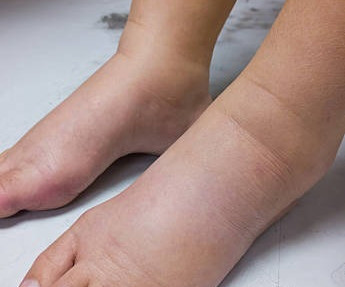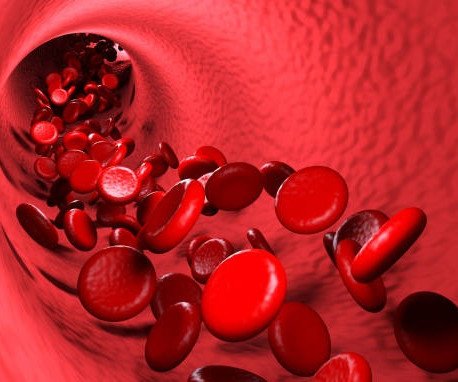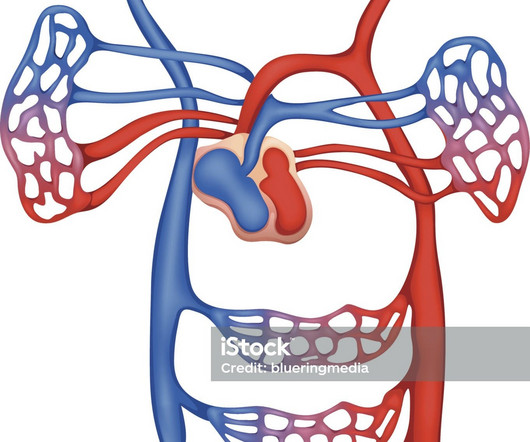Unraveling Lymphedema: Causes, Risk Factors, and Treatment Options
Vascular Physician
NOVEMBER 28, 2023
Early diagnosis could mean a more effective treatment plan. Lymphedema is diagnosed by a healthcare provider using the following techniques: Reviewing medical history, including past surgeries Performing a physical exam Using imaging tests, such as a CT, ultrasound, or Lymphoscintigraphy.






















Let's personalize your content